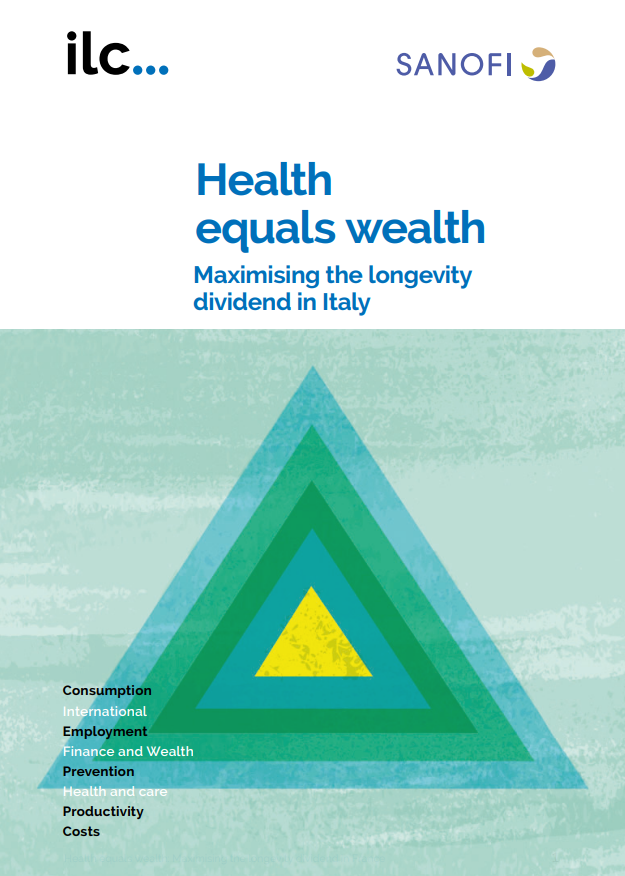Health equals wealth: Maximising the longevity dividend in Italy
At a glance:
- In Italy, people aged 50 and over already account for more than 1 in 3 workers (35% of the workforce) – this could rise to 59% by 2035.
- Older households (headed by people aged 50+) spend over 6 in 10 euros in the Italian economy, making up 30% of GDP in 2015.
- The value of older Italians’ unpaid contributions, such as volunteering and caring, if renumerated, is over $50bn.
We’ve become accustomed to ageing populations being presented as a bad thing. But far from being a cost or drain on public resources, older people’s social and economic impact is significant.
But it could be much higher if we remove avoidable barriers to working, spending, caring and volunteering, with the most important being poor health.
We know that countries that invest more in health see more people working, spending and volunteering and that investment in prevention drives a return. Spending just 0.1 percentage points more on preventative health can unlock an additional 9% in spending by older consumers and an average of 10 additional hours of volunteering across the G20.
In this report, we highlight the economic contributions of older people in Italy today and what more could be done to unlock a longevity dividend over the years to come, which could be instrumental in the post-COVID recovery.
Italy is one of the fastest-ageing and one of the only declining societies across the G20. And in the context of the current G20 presidency, Italy is ideally placed to play a leading role in adapting to an ageing society and maximising the economic opportunities of ageing.
To achieve this, we call on the Italian Government to adopt an Ageing Society New Deal, alongside the European Green Paper on Ageing, that sees spend on prevention raised to 6% of health budgets, alongside greater support for older people’s paid and unpaid contributions.

